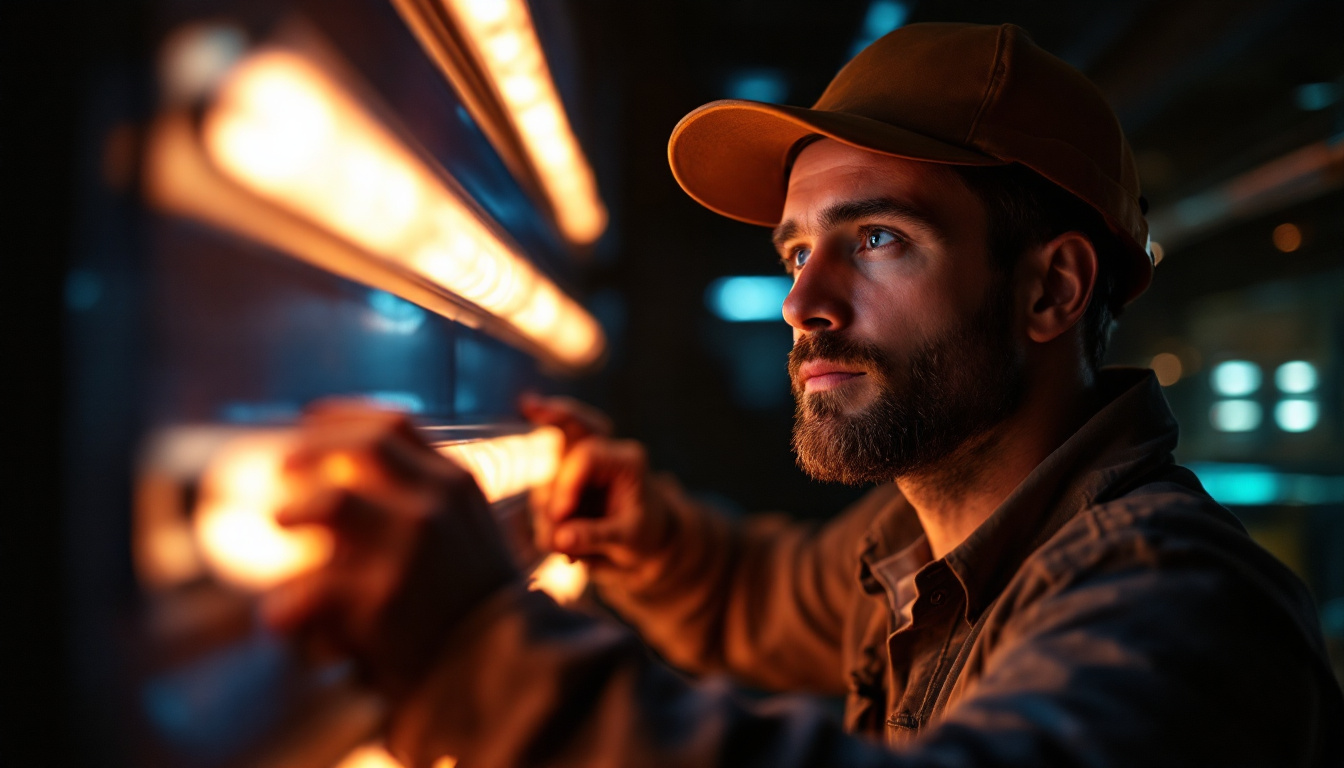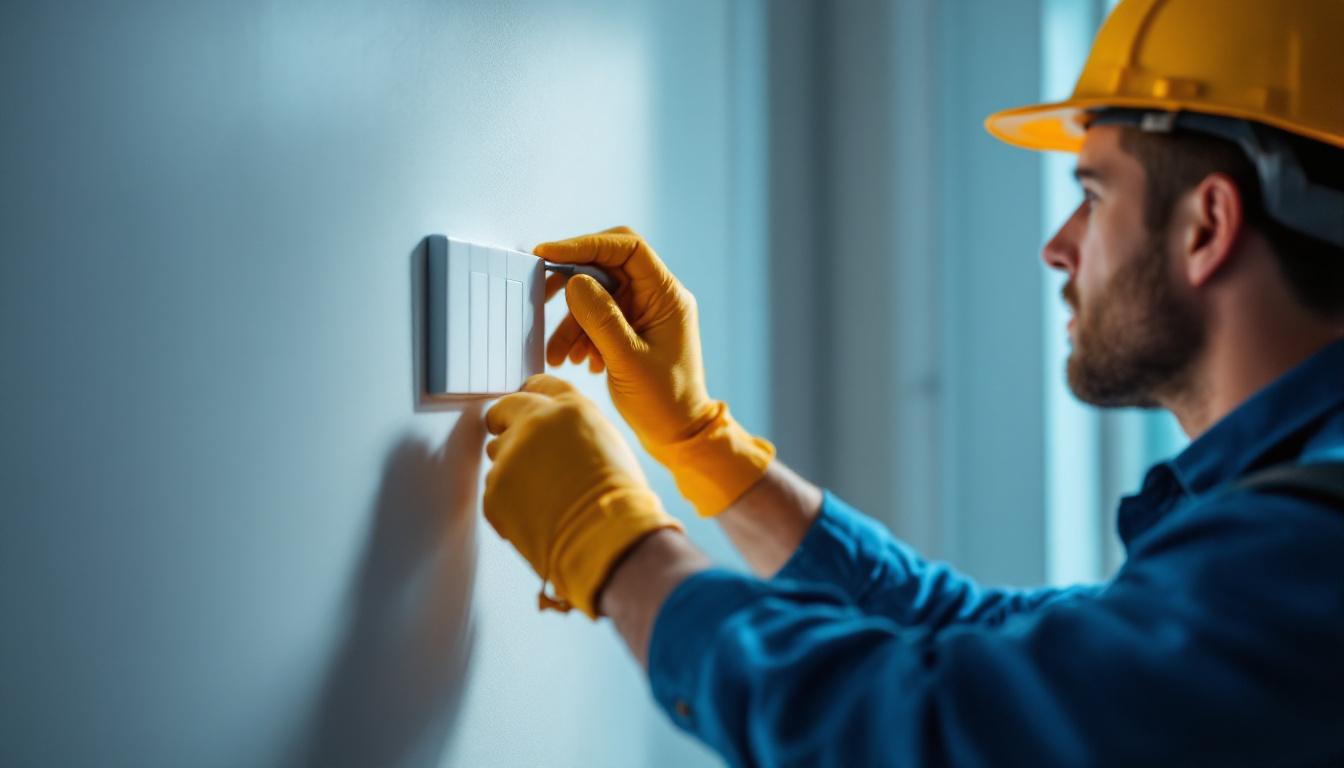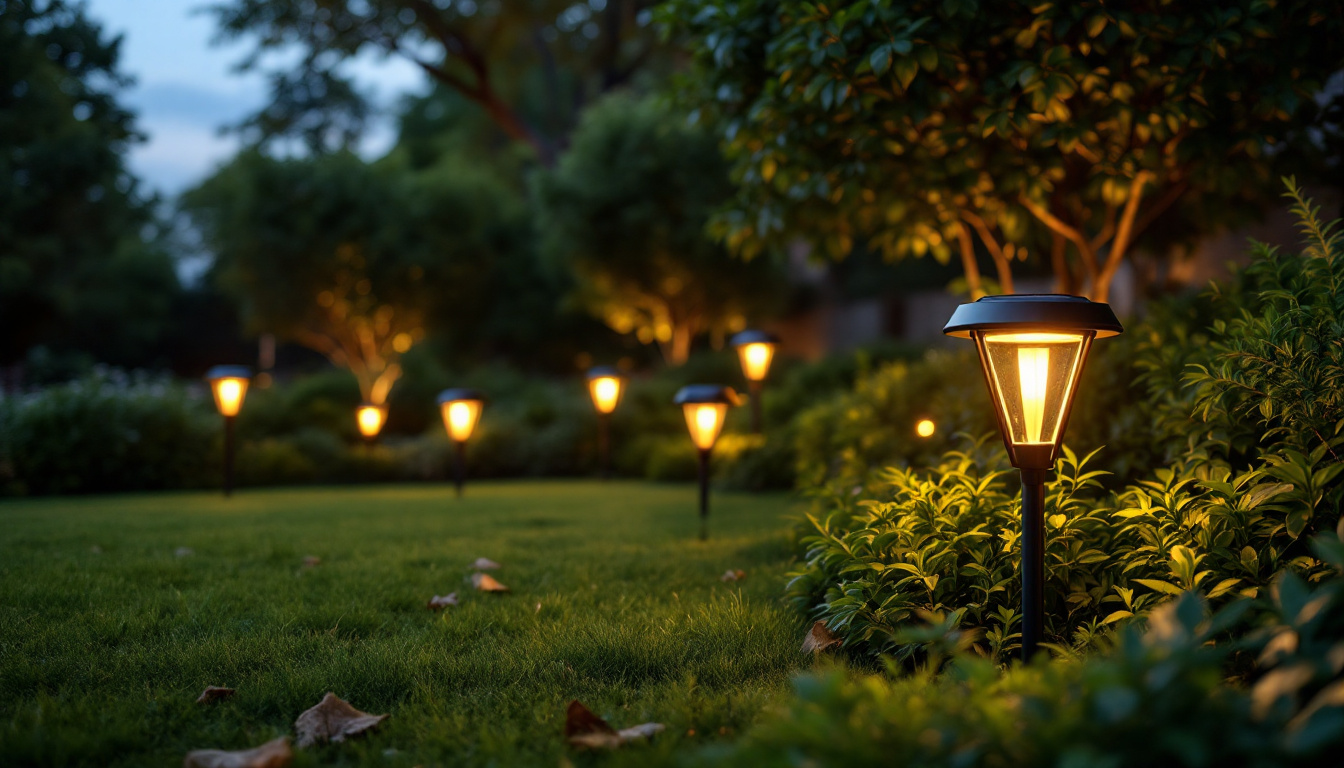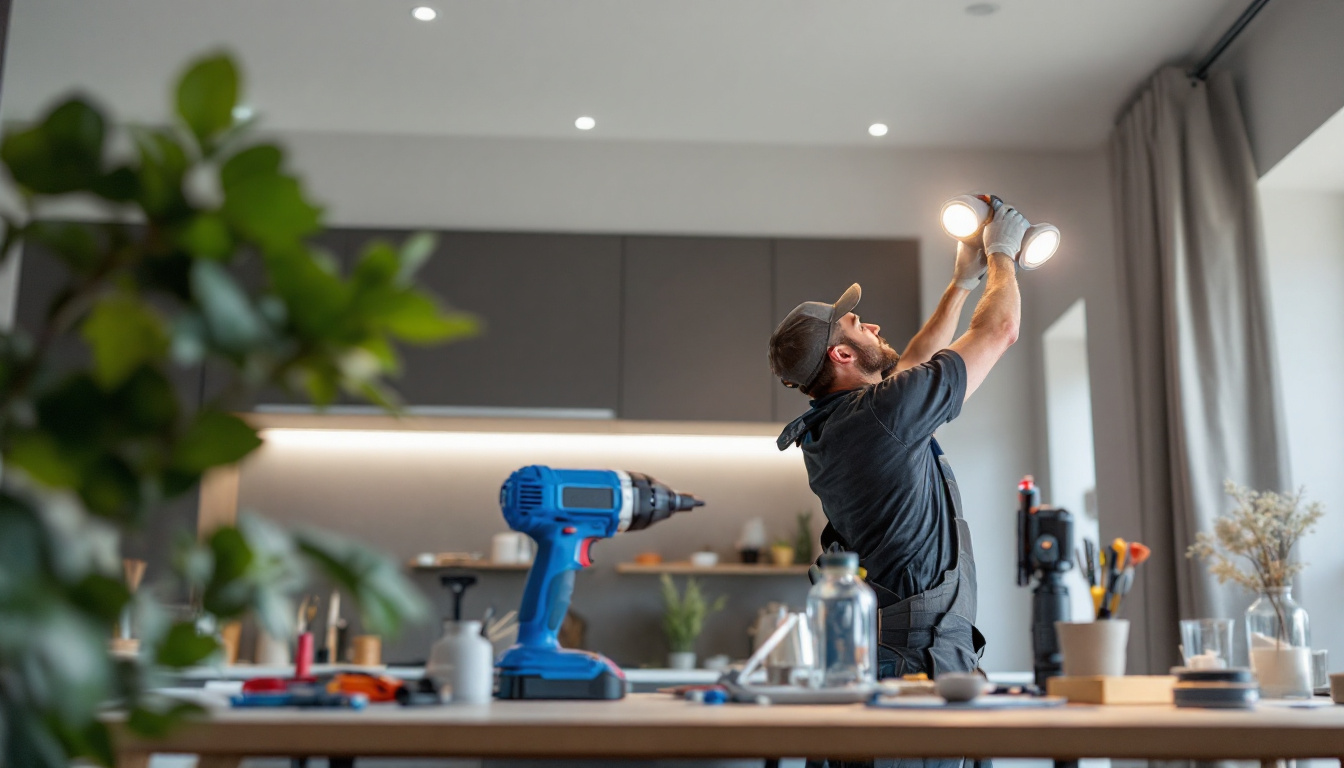
As the demand for tanning beds continues to rise, lighting contractors find themselves at the forefront of a unique challenge: understanding the implications of UV bulbs in these devices. This article delves into the intricacies of tanning bed UV bulbs and how they influence various aspects of lighting projects, from design considerations to safety regulations.
Tanning beds utilize UV bulbs to simulate sunlight, allowing users to achieve a tanned appearance without the need for direct exposure to natural sunlight. These bulbs emit ultraviolet radiation, primarily in the UVA and UVB spectrum, which plays a crucial role in the tanning process. Lighting contractors must have a solid grasp of how these bulbs function to effectively integrate them into their projects.
UV radiation is categorized into three types: UVA, UVB, and UVC. UVA rays penetrate the skin more deeply and are primarily responsible for the tanning effect. In contrast, UVB rays are associated with sunburn and play a significant role in vitamin D synthesis. Understanding the differences between these types of radiation is essential for contractors when selecting the appropriate bulbs for tanning beds.
UVC rays, while effective in killing bacteria and viruses, are not used in tanning beds due to their harmful effects on human skin. This distinction is vital for contractors to ensure that the bulbs they choose meet safety standards and provide the desired tanning results without compromising user health. Moreover, the balance between UVA and UVB exposure is critical, as excessive UVB can lead to skin damage and increase the risk of skin cancer. Therefore, contractors must also be aware of the latest research and guidelines regarding safe tanning practices to inform their clients effectively.
There are several types of UV bulbs available for tanning beds, including fluorescent, high-pressure, and low-pressure bulbs. Each type has its unique characteristics and applications. fluorescent bulbs are commonly used in traditional tanning beds, offering a balance between cost and performance. High-pressure bulbs, on the other hand, provide a more intense tanning experience and are often found in more advanced tanning equipment.
Lighting contractors must evaluate the specific needs of their clients when selecting the type of UV bulb. Factors such as the desired tanning speed, equipment cost, and energy efficiency all play a role in the decision-making process. Additionally, understanding the lifespan and maintenance requirements of each bulb type is crucial for ensuring long-term project success. For instance, while high-pressure bulbs may have a higher initial cost, their longevity and efficiency can make them a more economical choice in the long run. Furthermore, contractors should also consider the environmental impact of the bulbs they choose, as newer technologies are emerging that offer lower energy consumption and reduced waste, aligning with sustainable practices in the industry.
When incorporating tanning beds into a lighting project, several design considerations come into play. The arrangement of UV bulbs, the overall aesthetic of the space, and compliance with safety regulations are all critical factors that contractors must address.
The placement of UV bulbs within tanning beds directly affects the quality of the tanning experience. Contractors should ensure that bulbs are evenly distributed to provide uniform exposure to users. This not only enhances the effectiveness of the tanning process but also minimizes the risk of uneven tanning or burns.
Furthermore, the angle at which the bulbs are positioned can influence the intensity of UV exposure. Contractors should take into account the height and body type of the average user when determining the optimal angle for bulb placement. This attention to detail can significantly improve customer satisfaction and safety.
Moreover, the choice of bulb type—whether it be high-pressure or low-pressure UV bulbs—can also impact the tanning results. High-pressure bulbs typically emit a more intense light and can provide a quicker tan, while low-pressure bulbs are often preferred for their gentler approach. Understanding the demographics of the clientele can guide contractors in selecting the appropriate bulb type, ensuring that the tanning beds cater to a diverse range of preferences and skin types.
In addition to functionality, the aesthetic integration of tanning beds with surrounding lighting is essential for creating a cohesive environment. Lighting contractors should consider the overall design theme of the space, ensuring that the tanning beds complement the existing fixtures and ambiance.
Using adjustable lighting or color-changing LEDs around tanning beds can enhance the user experience, creating a more inviting atmosphere. This not only attracts customers but also encourages repeat visits, ultimately benefiting the contractor’s client.
Additionally, incorporating elements such as backlit panels or decorative screens can further elevate the visual appeal of the tanning area. These design features can provide a sense of privacy while also contributing to the overall ambiance. The use of soft, warm lighting in waiting areas or changing rooms can create a relaxing environment, allowing clients to feel comfortable before and after their tanning sessions. By thoughtfully considering these aesthetic elements, contractors can create a holistic experience that resonates with users and enhances the overall brand image of the facility.
Safety is paramount when dealing with UV lighting, particularly in tanning beds. Lighting contractors must be well-versed in the relevant safety regulations and compliance standards to protect both users and themselves from liability.
Various organizations and regulatory bodies set guidelines for the use of UV bulbs in tanning beds. These standards dictate the maximum allowable levels of UV radiation exposure and outline safety measures that must be implemented. Contractors should familiarize themselves with these regulations to ensure that their projects adhere to legal requirements.
Failure to comply with safety standards can lead to severe consequences, including legal repercussions and damage to a contractor’s reputation. Thus, staying informed about current regulations is essential for maintaining a successful lighting contracting business.
In addition to understanding regulations, contractors should consider implementing safety features within tanning bed designs. This may include timers to limit exposure time, protective eyewear for users, and proper ventilation systems to mitigate the risks associated with UV radiation.
By proactively addressing safety concerns, contractors can enhance the overall user experience while minimizing potential liabilities. This commitment to safety not only protects users but also strengthens the contractor’s credibility in the industry.
As the world increasingly prioritizes sustainability, lighting contractors must consider the energy efficiency of tanning bed UV bulbs. Selecting energy-efficient options not only reduces operational costs for clients but also aligns with growing environmental concerns.
When selecting UV bulbs for tanning beds, contractors should explore energy-efficient options that provide the same level of performance while consuming less power. High-efficiency fluorescent and LED alternatives are becoming more prevalent in the market, offering a viable solution for contractors looking to enhance the sustainability of their projects.
These energy-efficient bulbs not only lower electricity bills but also have a longer lifespan, reducing the frequency of replacements and waste. By promoting sustainable practices, contractors can appeal to environmentally conscious clients and differentiate themselves in a competitive market.
Lighting contractors have a unique opportunity to educate their clients about the benefits of energy-efficient tanning bed solutions. By providing information on the long-term cost savings and environmental impact, contractors can foster a sense of responsibility among clients.
Encouraging clients to adopt sustainable practices not only enhances their business reputation but also contributes to a healthier planet. This collaborative approach can lead to stronger relationships between contractors and clients, ultimately benefiting both parties.
The tanning bed industry is continuously evolving, with advancements in technology shaping the future of UV bulbs and their applications. Lighting contractors must stay informed about these trends to remain competitive and provide cutting-edge solutions to their clients.
Innovations in UV technology are leading to the development of more efficient and effective tanning bulbs. New materials and designs are being introduced to enhance the performance of UV bulbs, providing users with faster and safer tanning experiences.
Contractors should keep an eye on emerging technologies, such as smart tanning beds that utilize sensors to adjust UV exposure based on individual skin types. These advancements not only improve user experience but also demonstrate a commitment to safety and personalization.
As smart home technology becomes increasingly prevalent, the integration of tanning beds with smart systems presents exciting opportunities for contractors. Clients may seek tanning beds that can be controlled via mobile apps or integrated into their home automation systems.
This level of connectivity allows users to customize their tanning experience, from adjusting the intensity of UV exposure to setting timers remotely. Contractors who embrace these trends can position themselves as forward-thinking professionals in the industry, attracting tech-savvy clients.
In conclusion, tanning bed UV bulbs play a crucial role in the success of lighting contractors’ projects. Understanding the science behind UV radiation, design considerations, safety regulations, energy efficiency, and future trends is essential for delivering high-quality solutions to clients.
By staying informed and adapting to the evolving landscape of tanning bed technology, lighting contractors can enhance their services and meet the diverse needs of their clientele. As the demand for tanning beds continues to grow, those who prioritize knowledge and innovation will undoubtedly thrive in this competitive market.
Ready to elevate your lighting projects with the best UV bulbs for tanning beds? Look no further than LumenWholesale, where we offer an exceptional range of spec-grade lighting products tailored to your needs. Our commitment to quality, affordability, and convenience ensures you receive the most reliable lighting solutions at wholesale prices. Say goodbye to inflated markups and enjoy the ease of bulk buying with free shipping. Don’t compromise on your project’s success; choose LumenWholesale for Wholesale Lighting at the Best Value and make your next lighting project a shining example of excellence.

Discover the essential resources lighting contractors rely on to master solar power lamps.

Discover the common pitfalls lighting contractors face when installing three-way wall switches.

Discover the transformation of outdoor illumination with solar lawn lights.

Discover innovative hacks for smart lighting contractors to optimize new construction can lights.